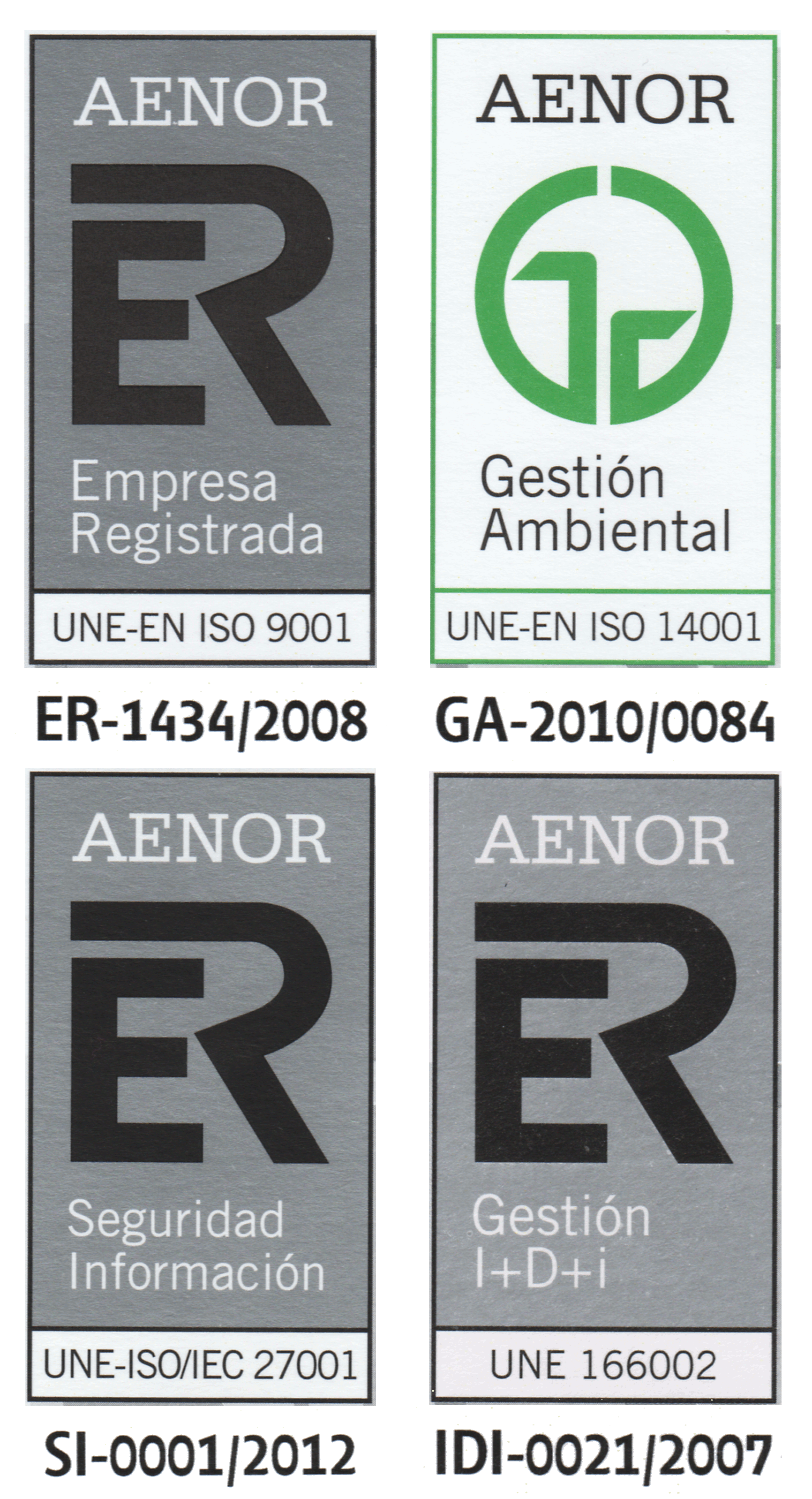On Communication Complexity in Evolution-Communication P Systems
| Title | On Communication Complexity in Evolution-Communication P Systems |
| Publication Type | Journal Papers |
| Year of Publication | 2010 |
| Authors | Adorna, H., Paun G., & Pérez-Jiménez M. J. |
| Journal Title | Romanian Journal of Information Science and Technology |
| Publisher | EDITURA ACADEMIEI ROMÂNE |
| Place Published | Bucureşti, România |
| Volume | 13 |
| Pages | 113-130 |
| Date Published | 09/2010 |
| Abstract | Looking for a theory of communication complexity for P systems, we consider here so-called evolution-communication (EC for short) P systems, where objects evolve by multiset rewriting rules without target commands and pass through membranes by means of symport/antiport rules. We first propose a way to measure the communication costs by means of “quanta of energy” (produced by evolution rules and) consumed by communication rules. EC P systems with such costs are proved to be Turing complete in all three cases with respect to the relation between evolution and communication operations: priority of communication, mixing the rules without priority for any type, priority of evolution (with the cost of communication increasing in this ordering in the universality proofs). |
| URL | http://www.imt.ro/romjist/Volum13/Number13_2/abstracts.htm#2 |
| Issue | 2 |
| Impact Factor | 0.188 |
| Ranking | 58/61 - Q4 |
| ISSN Number | 1453-8245 |



